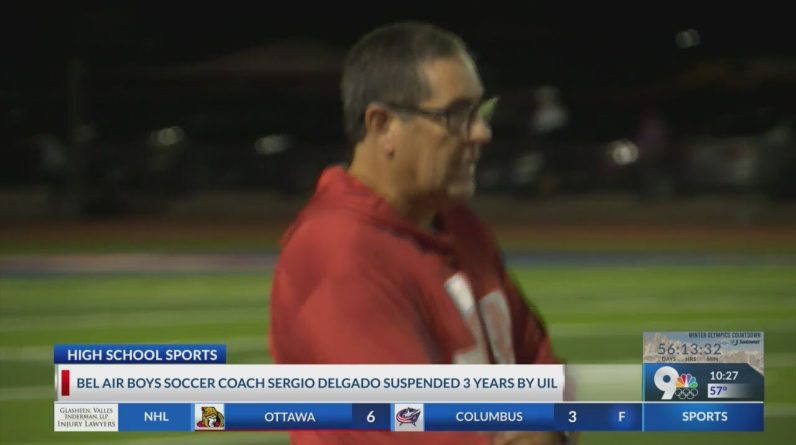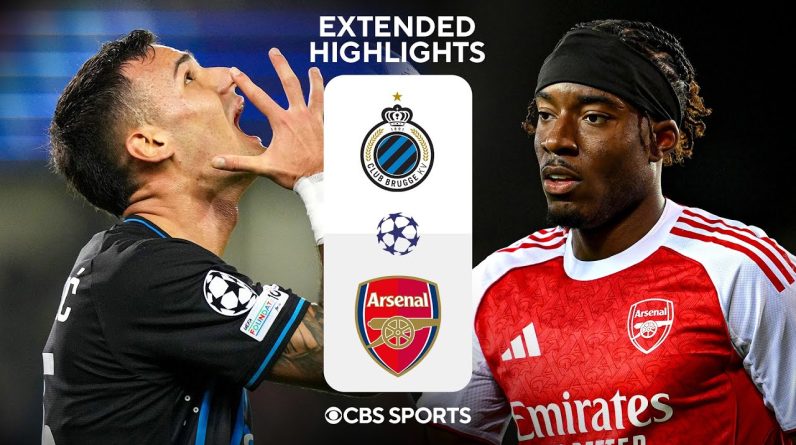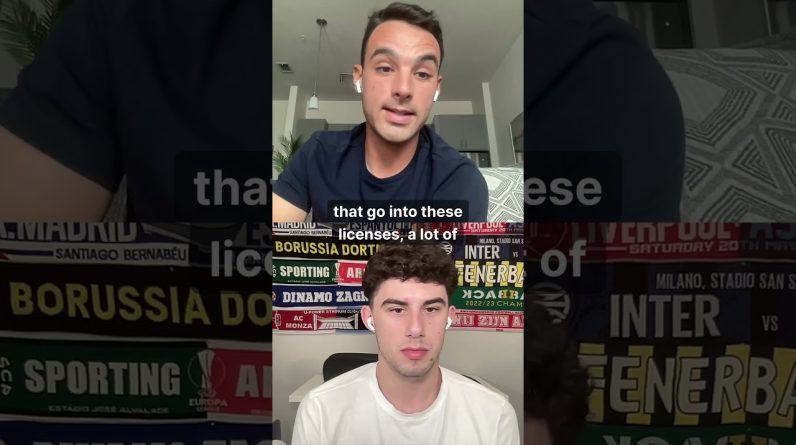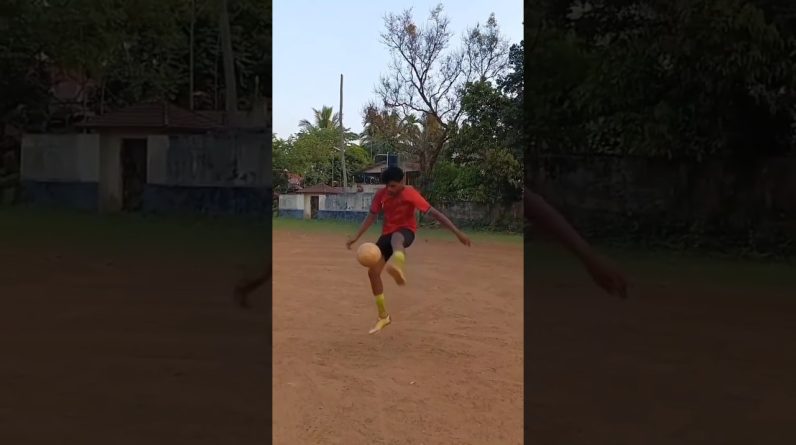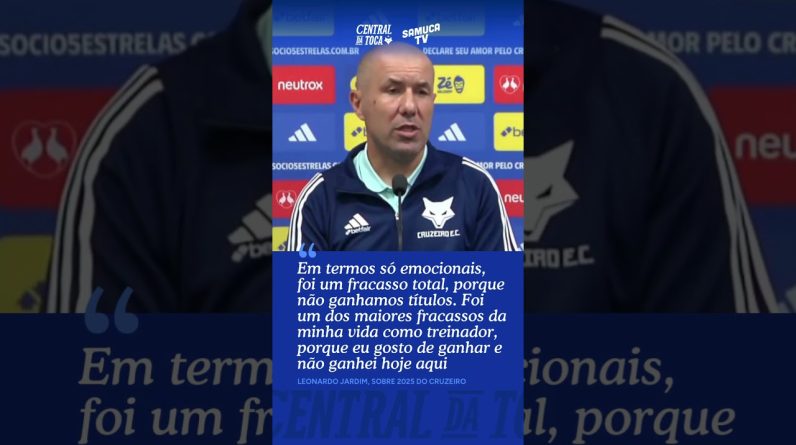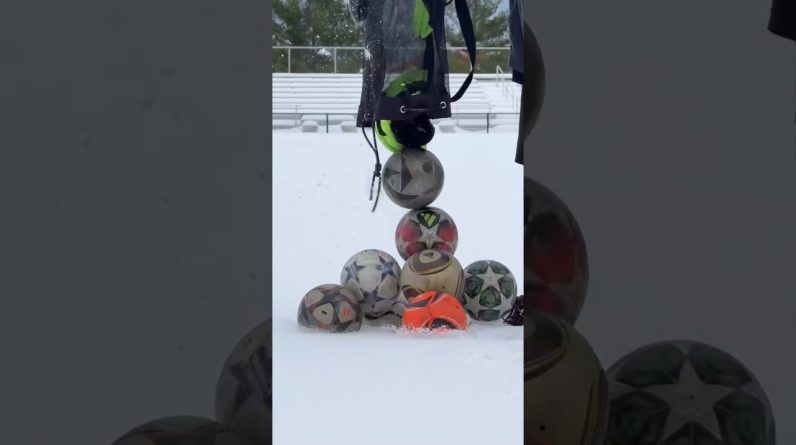Find out more and have your own digital assistant coach at https://www.coachbetter.com/?utm_source=youtube&utm_medium=videobeschreibung&utm_campaign=SHFV&utm_content=9wQ-qaaNs7g
Activity Flow:
1. Divide into two teams, the two teams face each other in the respective zone
2. The aim is to get over the back line with sharp flat passes or to force the opponent to make mistakes with sharp passes
3. Passes to the other side must be made through a pole gate (red, green, yellow)
4. If, for example, the ball is passed through a red goal, it is blocked and the next pass must be made through another goal (three-poles (red, green, yellow) after the last pass through a goal, all pole gates are open again)
5. No player is allowed to enter the front area of the field
6. Balls are not allowed to be played out to the left or right side
7. Each player must play directly and the maximum third touch of the team must be a pass to the other half
8. Shooting down poles (falling over) or not hitting the pole gate is a mistake and results in a point for the other team
9. The set is played to 5 (2 ahead), then immediately change sides. Alternating serving of the first ball
Organisation:
1. 6 poles and 8 cones (poles in three different colours, if possible)
2. Enough balls next to the playing field
3. Two teams
4. Layout of the playing area
Total size of the field 30x20m
Players’ zone 10x20m each + 10m zone in the centre
Size of passing goals depending on player level – start easy: 3-4m
Coaching Points:
1. Passing
Awareness/Orientation – Before you pass, look over your shoulder to see where the space, opponents and teammates are on the pitch
Speed of the pass – As sharp as possible without compromising accuracy
Accuracy of the pass – Try to play in open spaces as sharply as possible
Timing – When to release the ball to have a high probability of scoring a point?
Deception – Deceiving the opponent as to where the pass is going
Type of pass – With the inside of the foot to ensure accuracy or spin – with the instep for longer passes and for more sharpness of pass
2. Game related – Competition as a realistic simulation of the game, two players or two teams play against each other with the aim of determining a winner and a loser
Variations:
1. Easier – do not restrict the number of touches with the ball
2. Easier – Adjust the size of the passing goals
3. Easier – No matter which passing goal is played on
4. Adaptation of the number of players – also possible in 4 vs. 4 or 5 vs. 5 – rules remain the same
5. Harder – Increase passing distance
6. Harder – Ball must always be in motion – can’t be static
source


